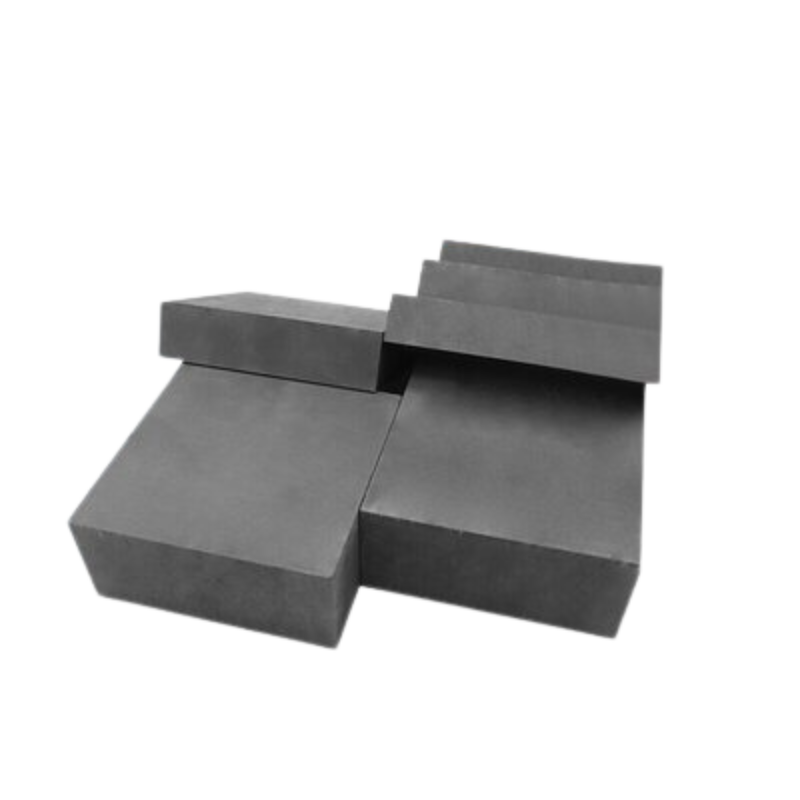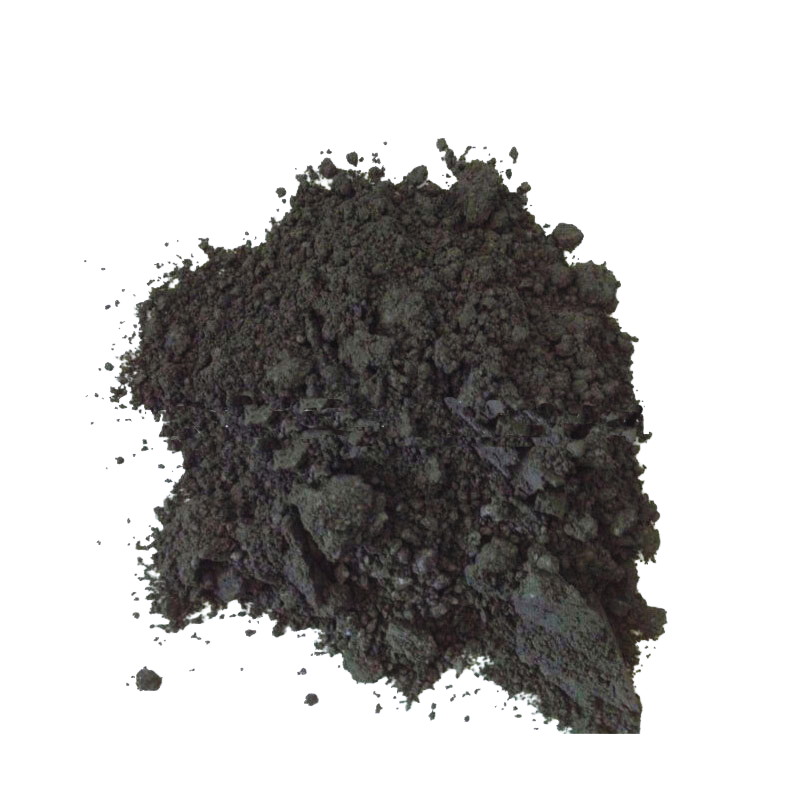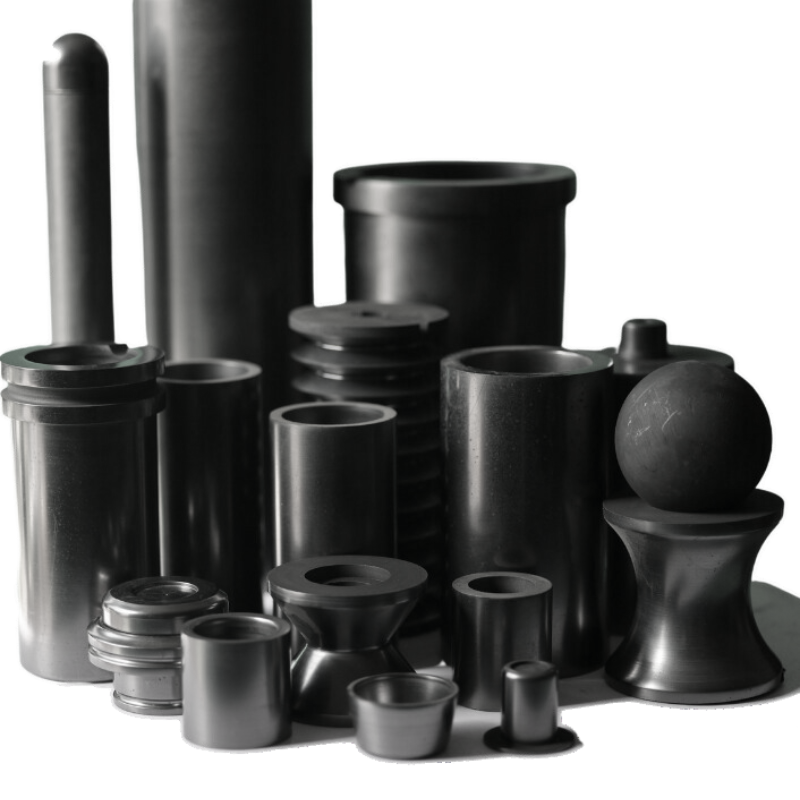The impregnation process of graphite boards is a crucial manufacturing method used to enhance the performance and functionality of graphite boards. In this process, graphite boards are typically immersed in liquid or semi-solid materials to improve their density, strength, conductivity, or other properties. This process typically involves the following steps:
1.Preparation of Graphite Boards: Before impregnation, graphite boards usually undergo surface treatment and cleaning to ensure the adhesion and consistency of the coating. This may involve removing surface impurities, grease, or other contaminants and chemically treating the graphite surface to enhance its adhesion to the coating material.
2.Selection of Impregnation Material: The choice of impregnation material depends on the desired final characteristics and applications. Common impregnation materials include resins, metals, polymers, or composite materials. Each material has different properties that can provide specific performance advantages to the graphite board, such as increased strength, corrosion resistance, or thermal conductivity.
3.Impregnation Process: During the impregnation process, graphite boards are typically immersed in the liquid impregnation material to fully impregnate their entire surface or specific areas. This can be achieved in various ways, including immersion, spraying, or coating. During coating or spraying, brushes, spray guns, or other appropriate tools may be used to ensure that the coating is evenly distributed on the graphite surface.
4.Curing and Drying: Once the graphite board is fully impregnated, it needs to be cured and dried to ensure that the impregnation material adheres firmly to the graphite surface. The curing process typically involves placing the impregnated graphite board under appropriate temperature and pressure conditions to promote the curing and hardening of the impregnation material. Drying helps to remove residual solvents or volatile components and accelerates the curing process of the impregnation material.
5.Surface Treatment: Once the impregnation material is fully cured, surface treatment is often required to ensure that the final appearance and performance of the graphite board meet requirements. This may include grinding, polishing, or coating protective layers to improve the surface finish, abrasion resistance, or corrosion resistance of the graphite board.
By carefully designing and executing the impregnation process, precise control over the graphite board can be achieved to meet various industrial and application requirements. Whether used in aerospace, electronics, chemical engineering, or other fields, the impregnation process of graphite boards provides an effective method for enhancing their performance and functionality.





